Imperial Knife Co., established in 1916, produced high-quality knives with distinct features, making them sought after by collectors. Identifying vintage Imperial knives involves examining tang stamps, blade materials, and handle styles. This guide provides insights into their history, key characteristics, and collectibility, helping enthusiasts authenticate and value these timeless pieces.
Overview of Imperial Knife History
Founded in 1916 in Providence, Rhode Island, Imperial Knife Co. quickly gained a reputation for producing high-quality knives. The company’s early success led to its growth and establishment as a trusted brand. In 1985, Imperial merged with the Schrade Corporation, marking a significant shift in its operations. By 2004, the New York manufacturing plant closed, and production moved overseas. Notably, Imperial tang stamps were discontinued in 1988, transitioning to the Schrade name. Despite these changes, Imperial knives remain popular, with ongoing production under the Schrade banner, ensuring the brand’s enduring legacy in the world of cutlery.
Importance of Tang Stamps in Identification
Tang stamps are essential for identifying Imperial knives, as they reveal the manufacturer, model, and production era. These stamps, located on the blade’s tang, feature various markings, such as “Imperial Knife Co.” or “Hammer Brand.” Between 1916 and 1920, stamps included “Imperial Prov. R.I.” or “Made in USA.” The Hammer Brand tang, used from 1936 to 1955, depicts a muscled arm holding a hammer. Post-1946, minor script changes occurred until 1988, when the Schrade name replaced Imperial stamps. Collectors rely on these stamps to authenticate and date knives, making them crucial for determining value and historical significance in the collectible knife market.
Key Characteristics of Vintage Imperial Knives
Vintage Imperial knives are distinguished by their high-quality craftsmanship and distinctive features. They often feature celluloid, bone, or shell handles, which provide a classic aesthetic. Blades are typically made from durable carbon steel or stainless steel, ensuring long-lasting performance. Many models boast unique blade designs, such as combination blades or engraved patterns, adding to their collectibility. The construction often includes brass liners and pins, enhancing both functionality and visual appeal. These knives are prized for their historical significance, with certain models like the Kamp King Combo and Boy Scouts knives holding particular value among collectors due to their rarity and nostalgic charm.

Tang Stamps and Markings
Tang stamps are crucial for identifying Imperial knives, featuring manufacturers’ marks, model details, and sometimes production years, aiding collectors in dating and authenticating these vintage pieces.
Early Tang Stamps (1916-1920)
Early Imperial Knife tang stamps from 1916 to 1920 are rare and highly collectible. These stamps typically feature “Imperial Knife Co., Prov. R.I.” or “Imperial Made in USA.” Variations in script and layout exist, with some stamps including additional markings like model numbers or patent dates. Collectors prize these early stamps for their historical significance, as they mark the beginning of Imperial Knife Co.’s legacy. Identifying these stamps requires careful examination, as subtle differences can indicate specific production years or models. These early markings are foundational for understanding the evolution of Imperial Knife Co.’s branding and manufacturing practices.
Post-1946 Tang Stamp Variations
Following World War II, Imperial Knife Co. introduced new tang stamp designs that reflected changes in production and branding. From 1946 onwards, stamps often featured simplified text such as “Imperial” or “Imperial USA,” with fewer elaborate details. Some variations included model numbers or specific blade types, aiding in identification. These stamps remained relatively consistent until the late 1980s, making them a key marker for dating post-war Imperial knives. Collectors note that minor variations in font style or layout can help pinpoint exact production years within this period. These stamps are crucial for determining the age and authenticity of Imperial knives from this era.
Hammer Brand Tang Stamps (1936-1955)
From 1936 to 1955, Imperial Knife Co. produced knives under the “Hammer Brand,” featuring distinctive tang stamps. These stamps typically displayed the name “Hammer Brand” alongside an image of a muscled arm wielding a hammer. This unique design became a hallmark for identifying Hammer Brand knives during this period. Collectors often seek these knives for their historical significance and the bold imagery of the tang stamps. The consistency of the Hammer Brand stamps during these years makes them a reliable marker for dating and authenticating Imperial knives from this era, adding value to their collectibility. This period is cherished by enthusiasts for its iconic designs.

Blade Materials and Features
Imperial knives feature high-quality blades made from carbon steel and stainless steel, known for durability and edge retention. Unique designs and engravings add artistic value, appealing to collectors.
Carbon Steel Blades
Imperial knives with carbon steel blades are highly regarded for their durability and edge retention, making them a favorite among collectors. These blades, often found in earlier models, showcase the brand’s commitment to quality craftsmanship. Carbon steel’s ability to hold a sharp edge and withstand heavy use contributes to its popularity. Proper maintenance is essential, as carbon steel can rust if not cared for. Collectors value these blades for their historical significance and performance, distinguishing them as a hallmark of Imperial’s legacy in knife manufacturing.
Stainless Steel Blades
Imperial knives featuring stainless steel blades were introduced as a more corrosion-resistant alternative to carbon steel. These blades became popular for their low-maintenance requirements and durability, appealing to both everyday users and collectors; Stainless steel models often bear distinct tang stamps, such as “IMPERIAL” over “STAINLESS,” which helps in identification. They were widely used in various Imperial models, including pocket knives and camp knives, ensuring a reputation for reliability. The shift to stainless steel marked a significant evolution in Imperial’s production, catering to modern demands while maintaining the brand’s renowned quality and craftsmanship.
Unique Blade Designs and Engravings
Imperial knives often featured unique blade designs and engravings, showcasing intricate craftsmanship. Some models had engravings that celebrated events or partnerships, such as the Boy Scouts knives, which bore the organization’s logo. The Kamp King Combo stood out with its versatile multi-blade design. Engravings varied from simple text to detailed artwork, enhancing both functionality and collectibility. These designs not only reflected the era’s aesthetics but also the intended use of the knife. Collectors prize these unique features, as they add historical and artistic value to each piece, making Imperial knives stand out in the world of vintage cutlery.

Handle Identification
Imperial knives feature handles made from materials like celluloid, bone, and shell, each offering unique aesthetics and durability. These handles are key to identifying vintage models and their eras.
Celluloid Handles
Celluloid handles were commonly used by Imperial Knife Co. in the early 20th century, offering a smooth, shiny appearance. These handles were durable and often featured intricate patterns or colors. They were popular for their aesthetic appeal and resistance to wear. Over time, celluloid can crack or fade, affecting the knife’s condition. Collectors often seek knives with well-preserved celluloid handles, as they retain their original charm. This material was widely used until the mid-20th century, making it a key identifier for vintage Imperial knives. The condition and design of celluloid handles can significantly impact the knife’s collectibility and value among enthusiasts.
Bone and Metal Handles
Bone and metal handles were another hallmark of Imperial knives, combining practicality with elegance. Bone handles, often yellow or white, were carved into smooth, rounded shapes, while metal handles offered durability. These materials were used in various models, appealing to different user preferences. Bone handles could be prone to aging, darkening over time, but this patina is cherished by collectors. Metal handles, typically made of brass or nickel, provided a sturdy alternative. Both materials were popular during the mid-20th century, making them key features for identifying Imperial knives from this era. Their condition and rarity greatly influence their collectibility and market value.

Shell Handles and Their Significance
Shell handles, made from genuine mother-of-pearl or celluloid overlays, were distinctive features of Imperial knives, especially in their premium models. These handles were prized for their beauty and durability, often used in high-end pocket knives. The celluloid was wrapped tightly around a base material, creating a smooth, glossy finish. Shell handles were popular during the mid-20th century and are highly sought after by collectors today. Their intricate patterns and polished appearance make them a standout feature in vintage Imperial knives, adding significant value to these pieces. The condition of the shell handle is a key factor in determining the knife’s overall collectibility and market value.
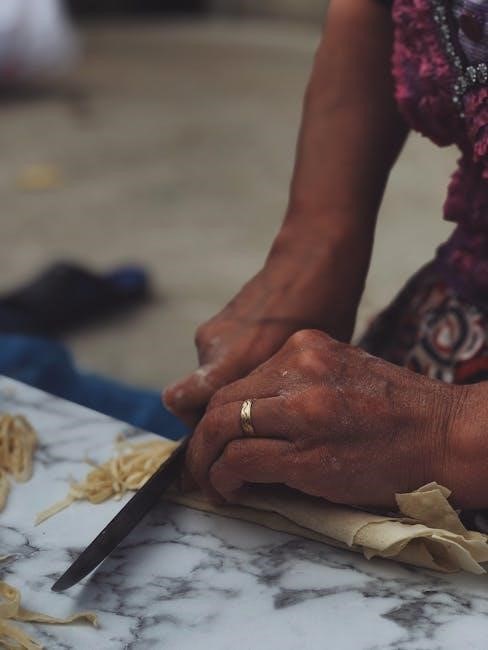
Notable Imperial Knife Models
Certain Imperial knife models, like the Kamp King Combo and Boy Scouts knives, stand out for their craftsmanship and historical significance, treasured by enthusiasts and collectors alike.
Kamp King Combo and Its Features
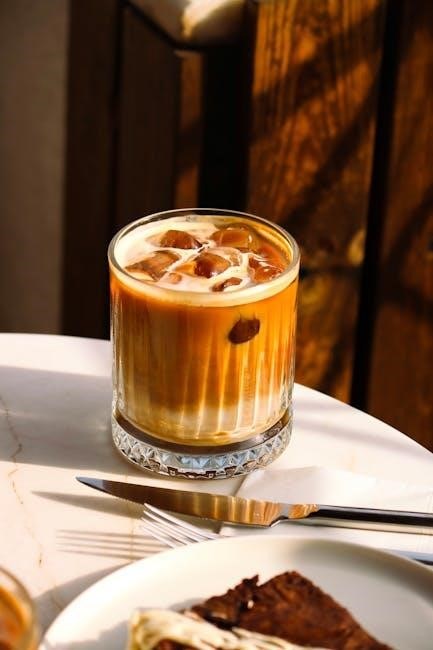
The Kamp King Combo is a notable model produced by Imperial Knife Co., featuring a versatile design with multiple blades. It typically includes a large clip point blade, a spey blade, and a pen blade, making it ideal for outdoor use. The knife often boasts decorative handle materials such as celluloid or bone, adding to its appeal. Its robust construction and practical design made it a favorite among campers and hunters. Collectors prize the Kamp King Combo for its functionality and historical significance, with examples in good condition commanding strong interest in the vintage knife market.
Boy Scouts Knife Models
Imperial Knife Co. produced Boy Scouts knife models designed specifically for Scouts, featuring durable construction and practical features. These knives typically included multiple blades such as a clip point, spey, and pen blade, along with a can opener and awl. The handles were often made of sturdy materials like celluloid or bone. Many models were stamped with the Boy Scouts of America logo, adding to their collectibility. These knives were functional tools for outdoor activities, and their historical association with the BSA makes them highly sought after by collectors of scouting memorabilia and vintage knives.
Camp Knives and Their Historical Context
Imperial camp knives were renowned for their durability and practicality, making them essential tools for outdoor enthusiasts, scouts, and soldiers. Produced during the mid-20th century, these knives featured robust handles often made of celluloid or bone and blades crafted from high-carbon or stainless steel. Their design catered to camping and survival needs, with versatile blade configurations. Historically, they symbolize the era’s emphasis on self-reliance and outdoor exploration. Collectors prize these knives for their historical significance and craftsmanship. The shift in production methods post-1988 further underscores their value as artifacts of a bygone era, cherished for both utility and nostalgic appeal.
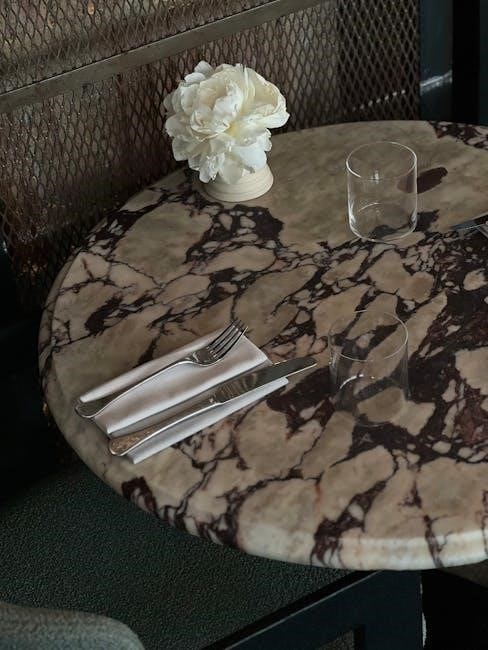
Where to Find Vintage Imperial Knives
Vintage Imperial knives can be discovered through Etsy, eBay, and antique stores. These platforms offer a wide range of collectible models, catering to enthusiasts seeking rare pieces.
Etsy and eBay as Sources
Etsy and eBay are excellent platforms for finding vintage Imperial knives. Etsy, known for unique and handmade items, also features a variety of vintage Imperial knives, including rare models like the Kamp King Combo and Boy Scouts knives. eBay offers a vast selection of Imperial knives, with many sellers providing detailed descriptions and high-quality images. Both platforms allow collectors to search for specific models, making them ideal for enthusiasts. Additionally, eBay often includes free shipping options, further enhancing the convenience of purchasing vintage Imperial knives online. These sites are invaluable resources for collectors seeking rare or specific Imperial knife models.
Antique Stores and Collectible Markets
Antique stores and collectible markets remain prime destinations for discovering vintage Imperial knives. These establishments often house rare and unique pieces, offering enthusiasts the chance to examine knives firsthand. Collectible markets, especially those specializing in vintage items, frequently feature Imperial knives with distinctive tang stamps and handles. The hands-on experience allows collectors to assess condition, authenticity, and craftsmanship. Additionally, interactions with knowledgeable sellers can provide valuable insights and historical context. For those seeking rare or hard-to-find models, these markets are indispensable, offering a tangible connection to the history of Imperial Knife Co. and its iconic designs.
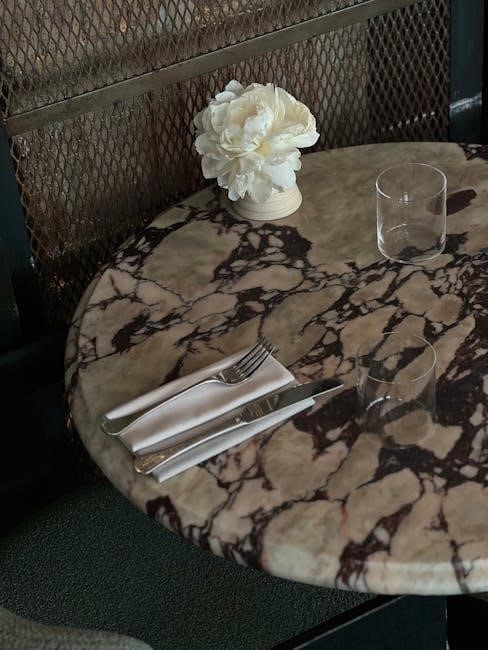
Imperial Knife Collectibility
Imperial knives’ collectibility depends on rarity, condition, and demand. Unique features and historical significance drive value. Well-maintained vintage models are highly sought after by enthusiasts.
Rarity and Condition Factors
Rarity and condition significantly influence the value of Imperial knives. Knives with unique features, such as early tang stamps or rare handle materials, are highly sought after by collectors. Models produced in limited quantities, like the Kamp King Combo, are particularly rare and valuable. The condition of the knife, including the integrity of handles, blades, and mechanisms, also plays a crucial role. Knives with minimal wear, original finishes, and functional components are more valuable. Additionally, historical context, such as ties to specific events or organizations, can enhance rarity and desirability. Proper maintenance and restoration practices further preserve value.
Market Value and Demand
Market value for Imperial knives varies based on rarity, condition, and demand. Rare models like the Kamp King Combo and Boy Scouts knives are highly sought after, often fetching premium prices. Collectors drive demand, particularly for knives with unique features or historical significance; Online platforms like eBay and Etsy showcase a wide range of Imperial knives, with prices reflecting their collectibility. Well-maintained vintage pieces in excellent condition command higher values, while common models may be more affordable. The market remains active, with enthusiasts continuously seeking to add rare Imperial knives to their collections, ensuring sustained demand and value appreciation over time.
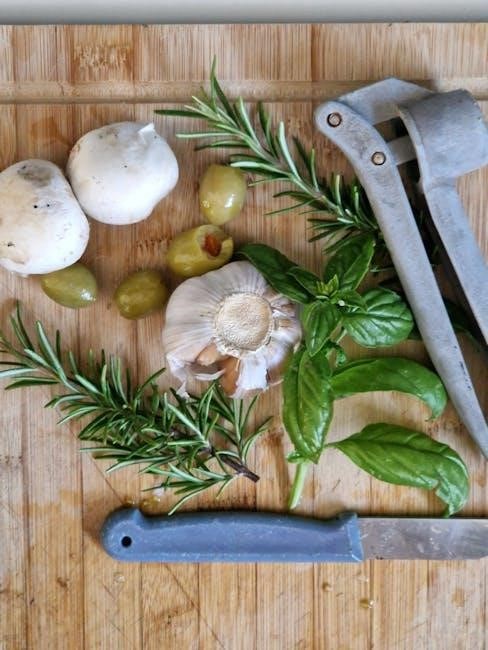
Imperial Knife Restoration
Restoring Imperial knives requires careful cleaning, sharpening, and handle repair to preserve their historical value and functionality. Proper techniques ensure blades and handles retain their original charm and usability.
Best Practices for Maintenance
Proper maintenance is crucial for preserving the condition and functionality of Imperial knives. Regular cleaning with a soft cloth and mild soap prevents rust and grime buildup. For blades, use a whetstone or sharpening steel to maintain edge retention without damaging the metal. Store knives in a dry place or use a protective pouch to avoid moisture exposure. Handle with care to prevent scratches or chips, especially on vintage models with delicate materials like celluloid or bone. Apply a small amount of oil to moving parts to ensure smooth operation. Inspect knives periodically for signs of wear or rust and address issues promptly to maintain their integrity.
Common Restoration Challenges
Restoring vintage Imperial knives presents several challenges; Rust and corrosion on blades require meticulous cleaning without damaging the metal. Handles made of celluloid, bone, or shell often crack or chip, needing precise repair techniques. Re-sharpening blades can be tricky, as over-sharpening may remove too much metal. Additionally, refinishing can alter the knife’s original patina, affecting its historical value. Hardware like screws and pins may rust or become brittle, requiring careful replacement. Balancing restoration while preserving historical integrity is key, as over-restoration can diminish a knife’s collectible appeal. Addressing these challenges requires patience, skill, and attention to detail to maintain authenticity.
